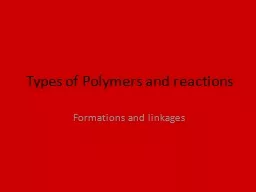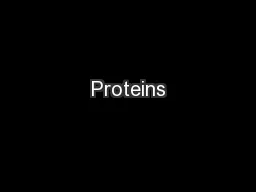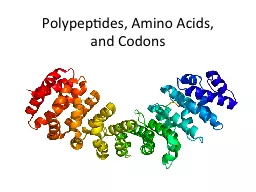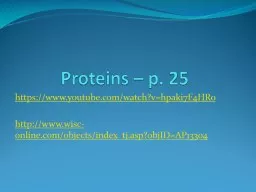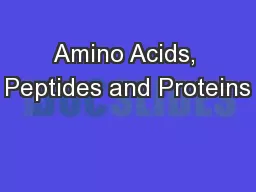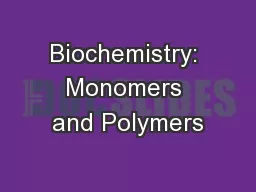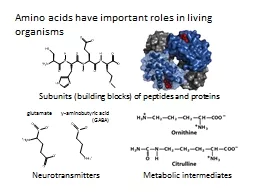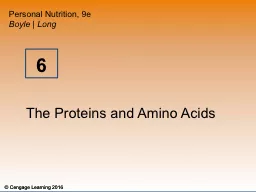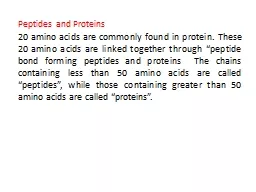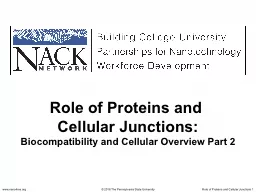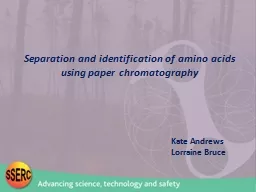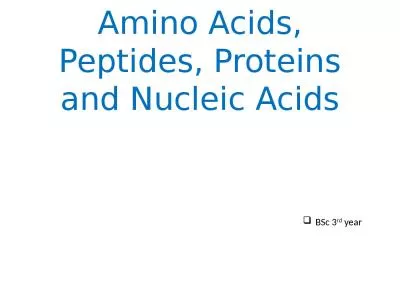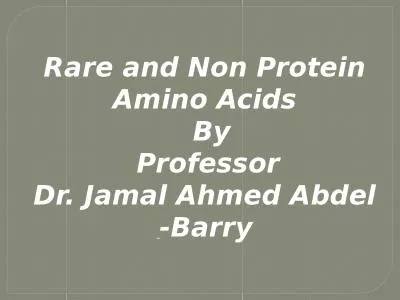PPT-PROTEINS Proteins are polymers of amino acids referred to as polypeptides.
Author : gagnon | Published Date : 2022-06-07
Each amino acid aa shares a common structure ie an amine NH 2 group an acid group COOH and a central carbon atom bonded to hydrogen and to a side chain R The side
Presentation Embed Code
Download Presentation
Download Presentation The PPT/PDF document "PROTEINS Proteins are polymers of amino ..." is the property of its rightful owner. Permission is granted to download and print the materials on this website for personal, non-commercial use only, and to display it on your personal computer provided you do not modify the materials and that you retain all copyright notices contained in the materials. By downloading content from our website, you accept the terms of this agreement.
PROTEINS Proteins are polymers of amino acids referred to as polypeptides.: Transcript
Download Rules Of Document
"PROTEINS Proteins are polymers of amino acids referred to as polypeptides."The content belongs to its owner. You may download and print it for personal use, without modification, and keep all copyright notices. By downloading, you agree to these terms.
Related Documents


